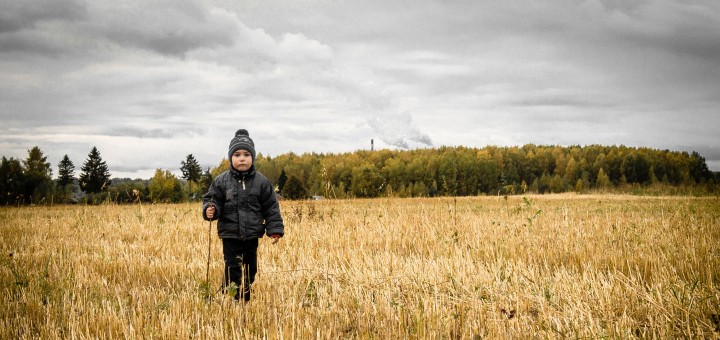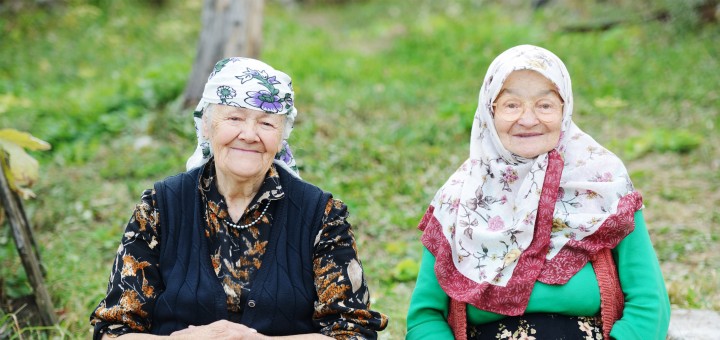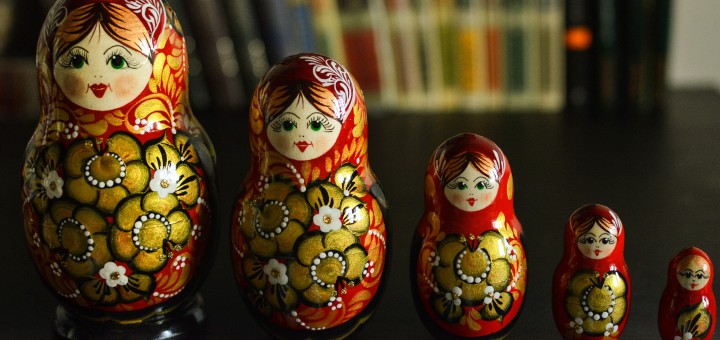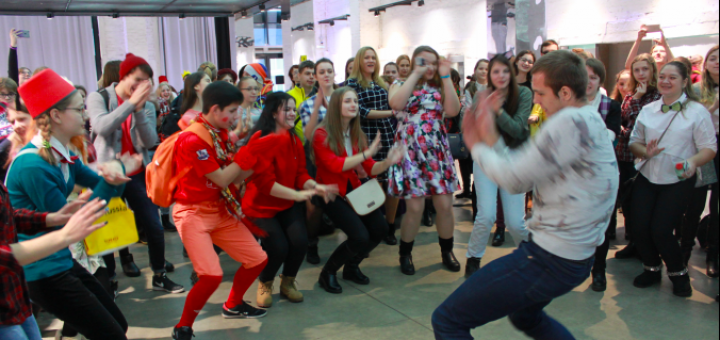Corporate philanthropy plays a significant role in the development of the Russian philanthropic sector, which can be carried out both through companies and corporate foundations. 2020 Leaders in Corporate Philanthropy research indicates that 41 Russian companies in a wide range of industries spent more than RUB 50 bln (USD 688 mln) on charity and social support. According to another research, the corporate segment accounts for about 50% of institutional spending on charitable and social projects, with the total amount of external social investments of the companies included in the authoritative Russian rating of RBC-500 in 2018 is RUB 197-250 bln (USD 3-7 bln) a year.
In legal terms, companies may carry out any form of charitable activities having no obligation to report on it. Corporate foundations should be registered as a non-profit organisation.
Photo credit: Dmitry Tulupov on Unsplash.






